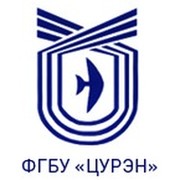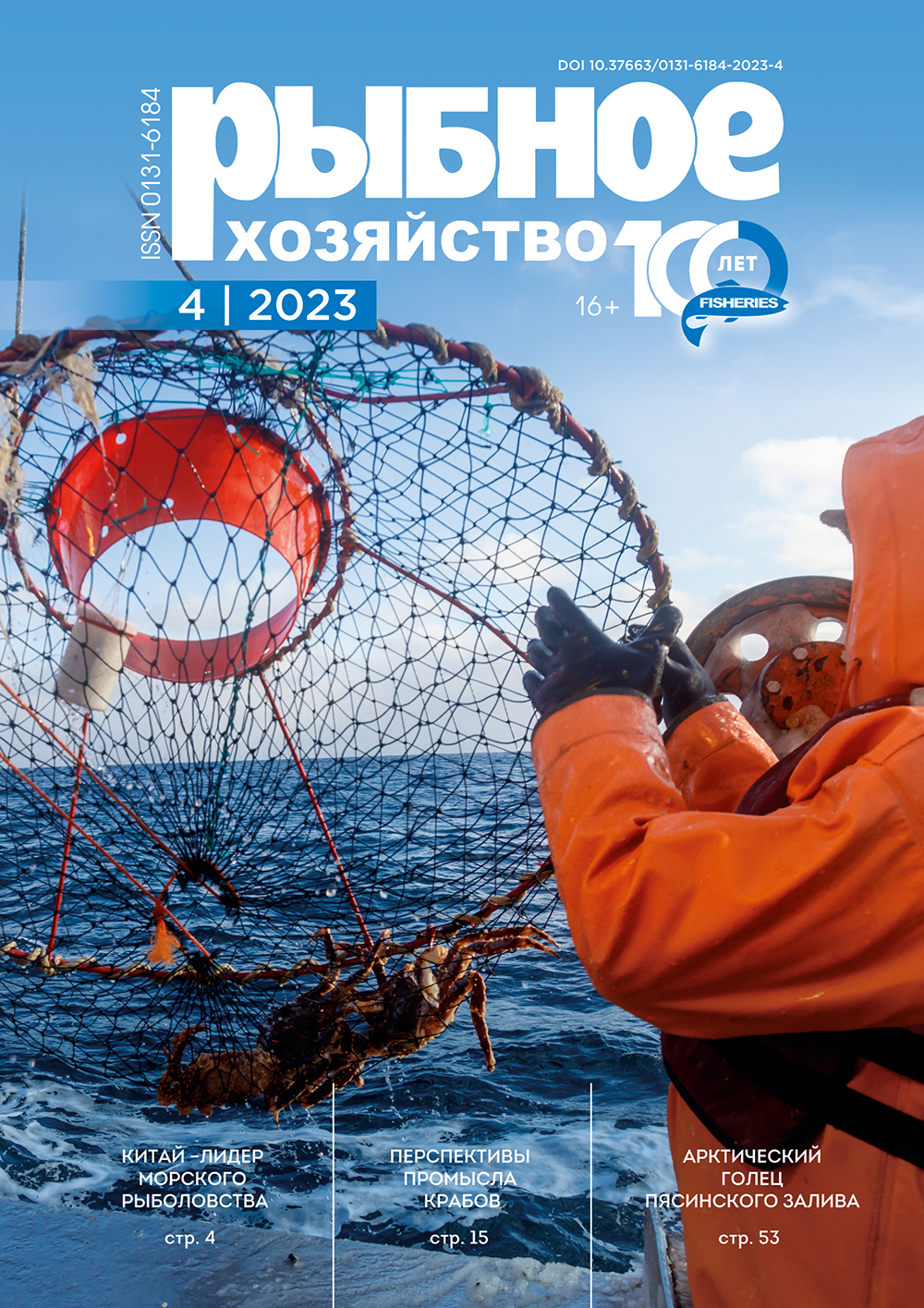Russian Federation
Russian Federation
Russian Federation
Russian Federation
UDK 665.213 Рыбий жир
Many fish waste remaining during the cutting of fish (heads, entrails, bones) contain an increased amount of fat, which has a high biological value. Obtaining edible fat from them is not always possible due to safety requirements, and the production of feed fishmeal with standard quality indicators is difficult. The increased fat content of raw materials and the technology parameters contribute to the rapid rancidity of fat in flour and the formation of toxic substances. This raw material can be used to obtain fish oil with subsequent recommendations for use, taking into account the indicators of oxidative and hydrolytic spoilage and in accordance with the requirements of the standards. When the content of undesirable products is exceeded, it can be used for technical purposes or in industrial biotechnology, as a substrate for microbial synthesis of biodegradable biopolymers such as polyhydroxyalkanoates. In this paper, a thermal method for separating fat from the heads of mackerel and hot-smoked sprats, as waste products from fish canning enterprises in the Kaliningrad region, was studied. A high fat content in raw materials (respectively 24.9 and 20.3%) and its characteristics were established. The rational parameters of the hydromodulus (1:0.5 and 1:1.0) were determined during thermolysis of crushed sprat and mackerel raw materials, respectively, at a stirrer rotation speed in the thermoreactor of 15 rpm. Rational ranges of temperature and duration of thermal release of fat were determined in experiments using mathematical planning. The optimization parameters were the yield of fat, its acid and peroxide numbers. The maximum yield of fat from fish heads is achieved at a temperature of 73-94°C for 2 hours 15 minutes - 2 hours 45 minutes. However, at the same time, fat has increased values of acid and peroxide numbers. Obtaining high-quality fat with food indicators is recommended at a temperature of 68 - 83 ° C for 43 min. – 1 h 22 minutes.
fat-containing fish waste, lipids, fish oil, thermolysis, acid number, peroxide number
1. Boeva N.P., Bredikhina O.V., Petrova M.S., Baskakova Yu.A. (2016). Technology of fats from aquatic biological resources: monograph. M.: VNIRO Publishing House. 107 p. (In Russ.). EDN: https://elibrary.ru/WXNGJL
2. Rzhavskaya F.M. (1976). Fats of fish and marine mammals. M.: Food industry. 473 p. (In Russ.).
3. Mezenova O.Ya., Volkov V.V., Mezenova N.Yu., Agafonova S.V., Verkhoturov V.V., Sauskan V.I., Altshul B.A., Heling A., Merzel T., Rosenstein M.M., Andreev M.P. 2020.Analysis of the state of the economy and prospects for the application of biotechnology in the fishing industry of the Kaliningrad region // Fisheries. No. 5. Pp. 38-50. (In Rus., abstract in Eng.). DOI: https://doi.org/10.37663/0131-6184-2020-5-38-50; EDN: https://elibrary.ru/OKTJKN
4. Volkov V.V., Moersel L-T., Kuehn S., Grimm T., Mezenova O.Ja. Hoehling A., Bara-banov S.A., Volkov K.S. (2021). Olysis products from sockeye (Oncorhyn-chus nerka L.) heads from the Kamchatka Peninsula produced by different methods: biological value // Foods and Raw Materials. Volume 9. no 1. Pp. 10-18. (In Russ.). DOI: https://doi.org/10.21603/2308-4057-2021-1-10-18; EDN: https://elibrary.ru/XAXFML
5. Heling A., Grimm T., Volkov V.V., Mezenova O.Ya. (2016). Investigation of various methods of hydrolytic process of secondary fish raw materials of canning production // Bulletin of the International Academy of Cold. No. 1. Pp. 3-8. DOI: https://doi.org/10.21047/1606-4313-2016-16-1-3-8; EDN: https://elibrary.ru/VVRJSX
6. Ivanova E.E. (2012). Fatty acid composition of lipids of some fish species acclimatized in the south of Russia. // Izvestiya vuzov. Food technology. No. 2/3. Pp. 11-13. (In Russ.).
7. Gammel I.V., Zaporozhskaya L.I., Magin G.Yu. (2013). Obtaining and research of solid fish oil - a source of omega-3 and omega-6 polyunsaturated fatty acids // Medical almanac. No. 5. Pp. 182-187. EDN: https://elibrary.ru/RSHYET
8. Mezenova O.Ja., Baidalinova L.S., Mezenova N.Yu., Agafonova S.V., Volkov V.V., Verkhoturov V.V. (2022). High-temperature hydrolysis as a method for complex processing of sprat (Sprattus sprattus balticus) by-products // Journal of New Technology and Mate-rials (JNTM). V. 12. № 01. Pp. 8-14. (In Russ.).
9. Mezenova O.Ya., Tishler D., Agafonova S.V., Mezenova N.Yu., Volkov V.V., Baranenko D.A., Grimm T., Riedel S. (2021). Research and rational use of peptide and lipid compositions obtained during hydrolysis processing of collagen-containing tissues // Bulletin of the International Academy of Cold. No.1. Pp. 46-58. (In Russ.). DOI: https://doi.org/10.17586/1606-4313-2021-20-1-46-58; EDN: https://elibrary.ru/NIPMVG
10. Safronova T.M., Mezenova O.Ya., Sergeeva N.T., Slutskaya T.N., Baidalinova L.S., Lysova A.S., Stepantsova G.E. (2013). Biotechnology of rational use of hydrobionts: textbook. S-Pb.: Publishing House "Lan". 412 p. (In Russ.).
11. Dambarovich L. V., Agafonova S. V. (2022). Enzymatic extraction of fat from secondary raw materials of Atlantic mackerel and its use in functional nutrition // Bulletin of the International Academy of Cold. No. 2. Pp. 48-55. (In Russ.). DOI: https://doi.org/10.17586/1606-4313-2022-21-2-48-55; EDN: https://elibrary.ru/OOYSVK
12. Rincón-Cervera M.A. et al. (2020). Quantification and Distribution of Omega-3 Fatty Acids in South Pacific Fish and Shellfish Species. // Foods. No 9. P. 233.
13. Babajafari S. et al. (2017). Comparison of Enzymatic Hydrolylis and Chemical Methods for Oil Extraction from Rainbow Trout (Oncorhynchus Mykiss) Waste and its Influence on Omega 3 // Fatty Acid Profile. International Journal of Nutrition Science. No 42(2). Pp. 58-65.
14. Murage M.W., Muge E.K., Mbatia B.N., Mwaniki M.W. (2021). Development and Sensory Evaluation of Omega-3-Rich Nile Perch Fish Oil-Fortified Yogurt. // International Journal of Food Science. Article ID 8838043. 7 pages.
15. Petrov B.F., Veprintsev R.A. (2023). The use of technical fats in the fishing industry. Materials of the International Scientific and Practical Conference "The Fisheries complex of Russia: problems and prospects of development (March 28-29, 2023). Moscow: VNIRO VGBNU. Pp. 327-332. (In Russ.).
16. Volova T.G. (2015). Destructible microbial polyhydroxyalkanoates as a technical analogue of indestructible polyphenols // Journal of Siberian Federal University. Biology. 2. Pp. 131-151.
17. Aitta E., Marsol-Vall A., Damerau A., Yang B. (2021). Enzyme-Assisted Extraction of Fish Oil from Whole Fish and by-Products of Baltic Herring (Clupea harengus membras). // Foods. No. 10(8). P. 1811.
18. Mezenova O.Ya., Pyanov D.S., Agafonova S.V., Romanenko N.Yu., Volkov V.V., Kalinina N.S. (2022). Application of hydrolysates of sprat waste when feeding European whitefish in industrial aquaculture // Fisheries. No.3. Pp.54-61. DOIhttps://doi.org/10.37663/0131-6184-2022-3-54-61. (In Rus., abstract in Eng.). EDN: https://elibrary.ru/BRKKTN











